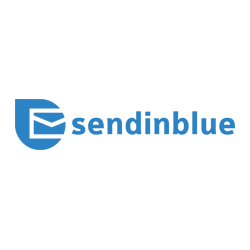How I Attracted Users To My $12.5K MRR Bank Statement Converter Software
Hello! Who are you and what business did you start?
I’m Angus Cheng, and I built Bank Statement Converter (BSC). BSC extracts transaction data from PDF bank statements. It’s used by accountants and small business owners.
Bank Statement Converter’s monthly recurring revenue is $12,500 USD. You can view an up-to-date revenue graph at Indie Hackers.

What's your backstory and how did you come up with the idea?
I’ve enjoyed programming since I was sixteen years old. I studied computer science at university and worked for myself as an indie game developer for a few years. After that, I worked as a game programmer, a mobile app programmer, a web programmer, and a programmer at Credit Suisse. My code was not responsible for the downfall of Credit...

Download the report and join our email newsletter packed with business ideas and money-making opportunities, backed by real-life case studies.

Download the report and join our email newsletter packed with business ideas and money-making opportunities, backed by real-life case studies.

Download the report and join our email newsletter packed with business ideas and money-making opportunities, backed by real-life case studies.

Download the report and join our email newsletter packed with business ideas and money-making opportunities, backed by real-life case studies.

Download the report and join our email newsletter packed with business ideas and money-making opportunities, backed by real-life case studies.

Download the report and join our email newsletter packed with business ideas and money-making opportunities, backed by real-life case studies.

Download the report and join our email newsletter packed with business ideas and money-making opportunities, backed by real-life case studies.

Download the report and join our email newsletter packed with business ideas and money-making opportunities, backed by real-life case studies.





















